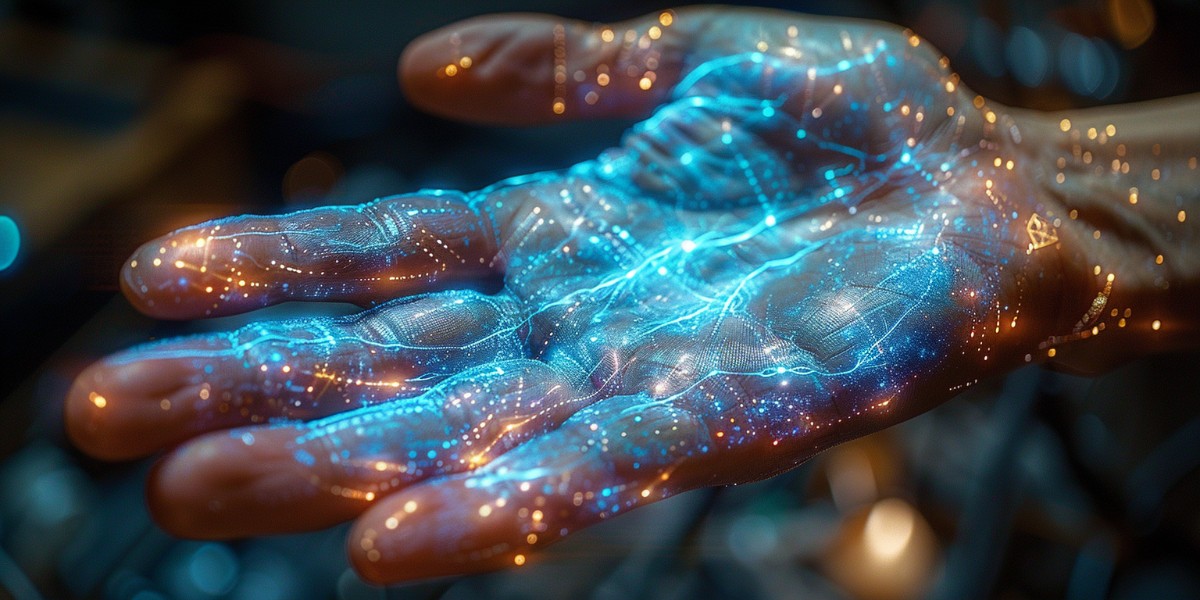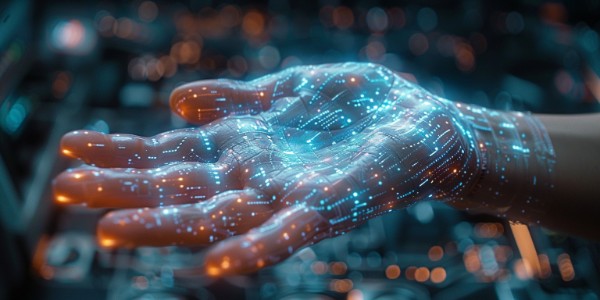From Palmprint to Password: The Future of Secure Biometric Screening
In the ever-evolving landscape of security, biometric technologies have become essential for safeguarding personal data and ensuring secure access to various systems. This paper explores the integration of Palmpass and its advanced palmprint recognition technology. It delves into the concept of biometric authentication, defines biometrics, and examines the significance of biometric screening in modern security systems.
Introduction
Biometric technology has revolutionized the way we approach security. As digital threats increase, the need for robust authentication methods becomes more critical. Palmpass is at the forefront of this revolution, offering innovative solutions that integrate palmprint recognition with cloud-based security systems. This paper discusses the role of biometric authentication in enhancing security, the fundamental concept of biometrics, and the practical applications of biometric screening.
Biometric Authentication: A New Era of Security
Biometric authentication involves verifying an individual's identity based on unique biological characteristics. Unlike traditional methods, such as passwords or PINs, biometric authentication offers a higher level of security by utilizing traits that are difficult to replicate or forge. Palmpass leverages palmprint recognition technology to provide a secure and convenient authentication solution for various applications.

Defining Biometrics
Biometrics refers to the statistical analysis of biological data. It encompasses a range of technologies that identify individuals based on physical or behavioral traits. Biometric Technology is widely used in various sectors, including security, healthcare, and finance, to enhance identity verification processes. Palmprint recognition, for example, is a sophisticated biometric technique that captures the unique patterns of an individual’s palm for accurate identification.
What is Biometric Screening?
Biometric screening involves the use of biometric data to verify an individual’s identity. It is a critical component in security protocols, ensuring that only authorized individuals gain access to sensitive information or restricted areas. Screening processes often include fingerprint recognition, iris scans, and palmprint recognition. The use of biometric screening is becoming increasingly common in industries where security is paramount.
Conclusion
As digital security challenges intensify, the adoption of advanced biometric technologies like those offered by Palmpass becomes increasingly necessary. By integrating palmprint recognition with comprehensive biometric authentication systems, organizations can ensure that their security measures are both effective and user-friendly. This paper highlights the significance of understanding and implementing biometric solutions in today’s security landscape.










